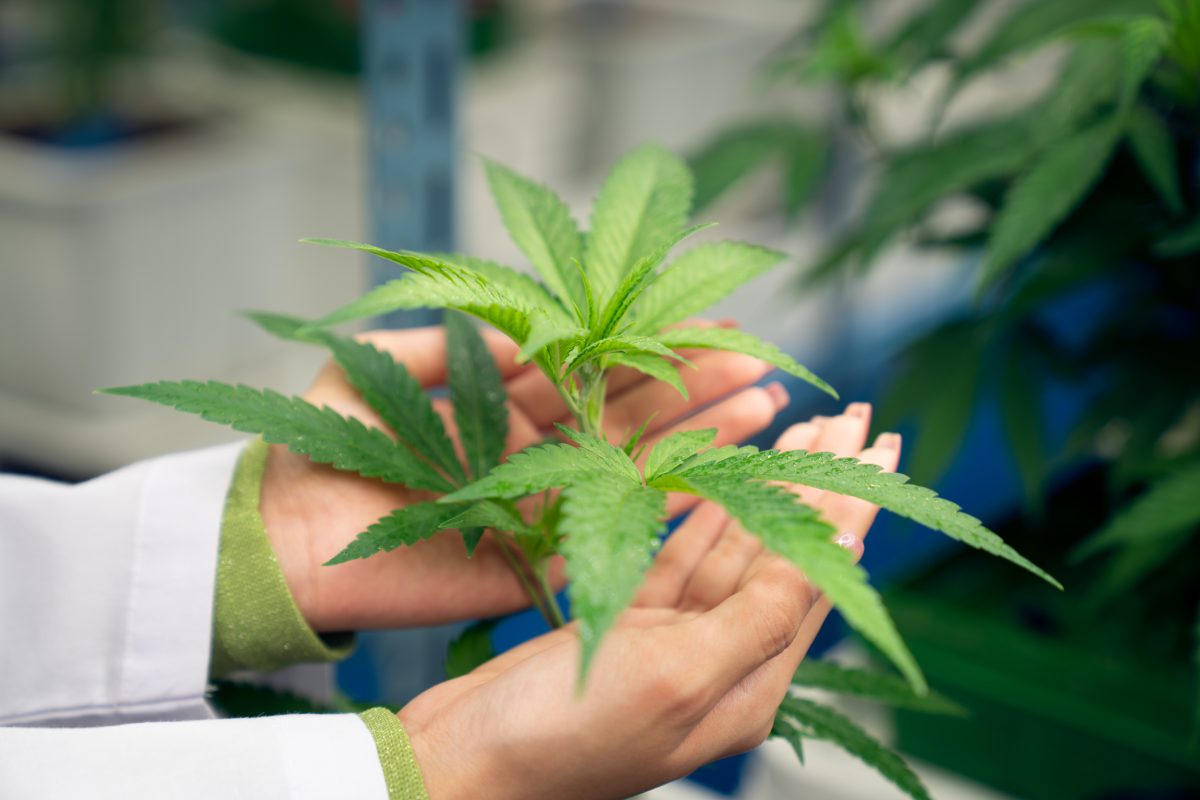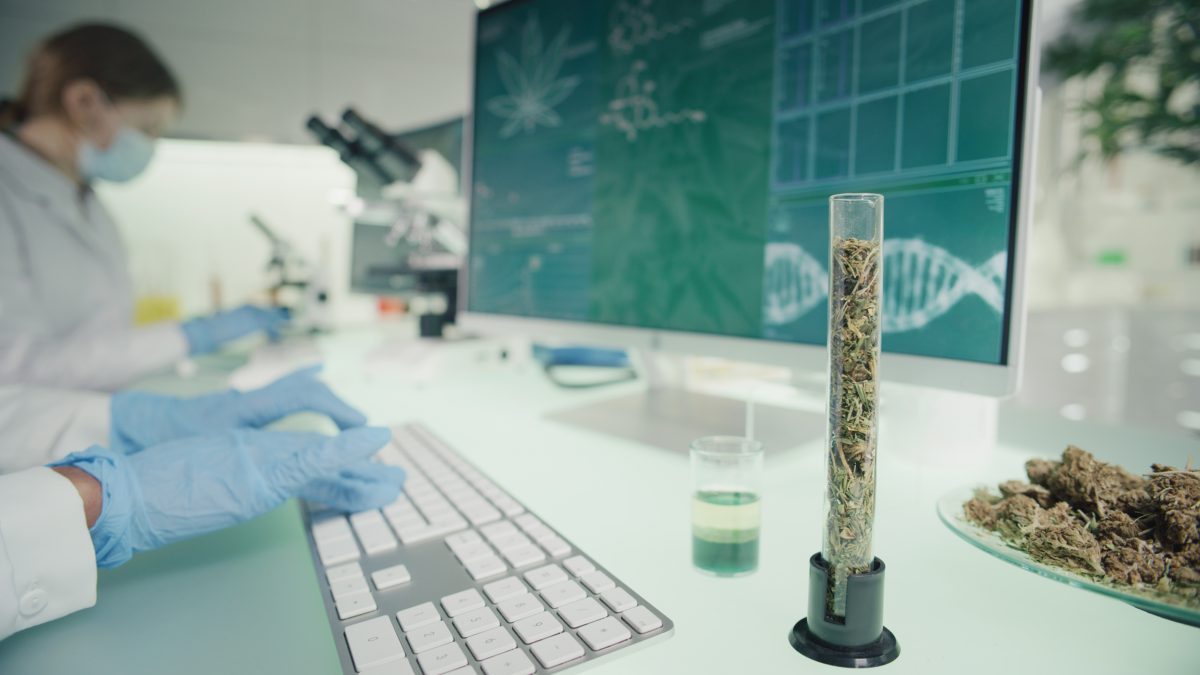
Households in the ACT are allowed to grow no more than four plants each. Photo: Ralf Hahn.
Grace (not her real name) suffers from rheumatoid arthritis, a chronic autoimmune disease causing swelling, stiffness and loss of function in the joints. For more than a decade, prescription medication was the only way to deal with it.
But that all changed in 2020 when the ACT became the first jurisdiction in Australia to decriminalise the home cultivation of cannabis.
“I have found cannabis to give me more relief than the other two medications that I’m on,” Grace told Region.
“I’m still on medication, so this is a supplementary thing on top of my medication … There are anti-inflammatory effects, but for me, there’s still a fair amount of pain, so it’s also a get-home-and-relax thing, a bit of a break from the pain a couple times a week.
“It also helps me sleep because I get a fair bit of pain when I’m sleeping, and it can wake me up.”
A survey of 311 household cannabis growers in the ACT – like Grace – has revealed an “overall positive attitude” to the law change, but there is still some lingering confusion around the legal limits.
The University of Sydney’s Lambert Initiative for Cannabinoid Therapeutics invited growers from the Territory to complete a “detailed survey” about their cannabis use and also submit a sample of their product for chemical analysis.
Results showed 12 per cent of current cultivators were growing it for ‘medicinal-only’ use, 34 per cent for ‘non-medicinal-only’ use, 44 per cent for ‘dual use’, with 10 per cent not currently using it.
Almost half of the respondents said they grew their own cannabis to “avoid interacting with criminal networks”.

The study invited respondents to send in samples of their cannabis for chemical analysis. Photo: Janie C Bros.
Cannabis use among the cohort was relatively modest, at around one gram a day, and most of the cannabis grown was relatively low potency, with a mean of 9 per cent tetrahydrocannabinol (THC), the primary psychoactive compound in cannabis (30 per cent is considered high).
Most cannabis analysed was within recommended limits for pesticide residues and heavy metals such as arsenic and lead, and mould.
Project leader Professor Iain McGregor concluded it was clear “you can allow Australian adults to cultivate their own cannabis for medical and non-medical purposes without any obvious adverse outcomes”.
“Cultivators exit illegal networks, enjoy the process of cultivation, and grow cannabis of modest potency and decent quality that doesn’t cost an arm and a leg,” he said.
The ACT’s decriminalisation of home-grown cannabis followed in the footsteps of Canada, Uruguay, Germany, Netherlands, Mexico and some states of the US largely, as the study notes, to “reduce the burden on police and the judicial system imposed by trivial drug offences”.
Professor McGregor said this goal seems to have worked in the ACT, too, with “no overall increase in cannabis use, emergency presentations or driving offences”.
“There are lessons here around incremental drug reform that other Australian jurisdictions can learn from.”
However, study lead author Dr Cilla Zhou noted inevitable “wrinkles” within the ACT’s legislation that need to be “ironed out”.
For example, a household is allowed to grow no more than four plants and have no more than 50 grams of dried cannabis at any one time, but the study found this to be a “mismatch”.
More than three-quarters of survey respondents found they were yielding higher-than-legal quantities of cannabis from their four plants.
“Australian cultivators grow a median of 85 grams of dry matter and 285 grams of fresh matter per plant,” Dr Zhou said.
“Current laws do not specify how cultivators might limit their harvest when their legal number of plants yield illegal quantities of cannabis. Further refinement of the relevant legislation, passed in 2020, would prevent unintended illegal activity.”
There was also the fact purchasing and supplying cannabis seeds or cuttings remains illegal.
In Grace’s case, she sourced cuttings by “word of mouth”.
“Basically, I went to the people I used to buy it off before I started growing it myself,” she said.
“I have heard people will buy seeds and seedlings online, but there’s always the risk of where it’s coming from. So it’s all still a bit dodgy, but once you have your own plants and can cross-pollinate and stuff like that, it’s different. You don’t have to go back to those people.”
She said there was also “a lot of frustration” around the fact it is still illegal to drive with traces of cannabis in your system, and a medical prescription is no defence.
“Obviously, there are people who are going to skirt around the laws and do the wrong thing, but that’s like anything,” Grace said.
“But I definitely feel much more comfortable now knowing that I’ve grown it, in a nice system, and I know there are no nasties in it.”












